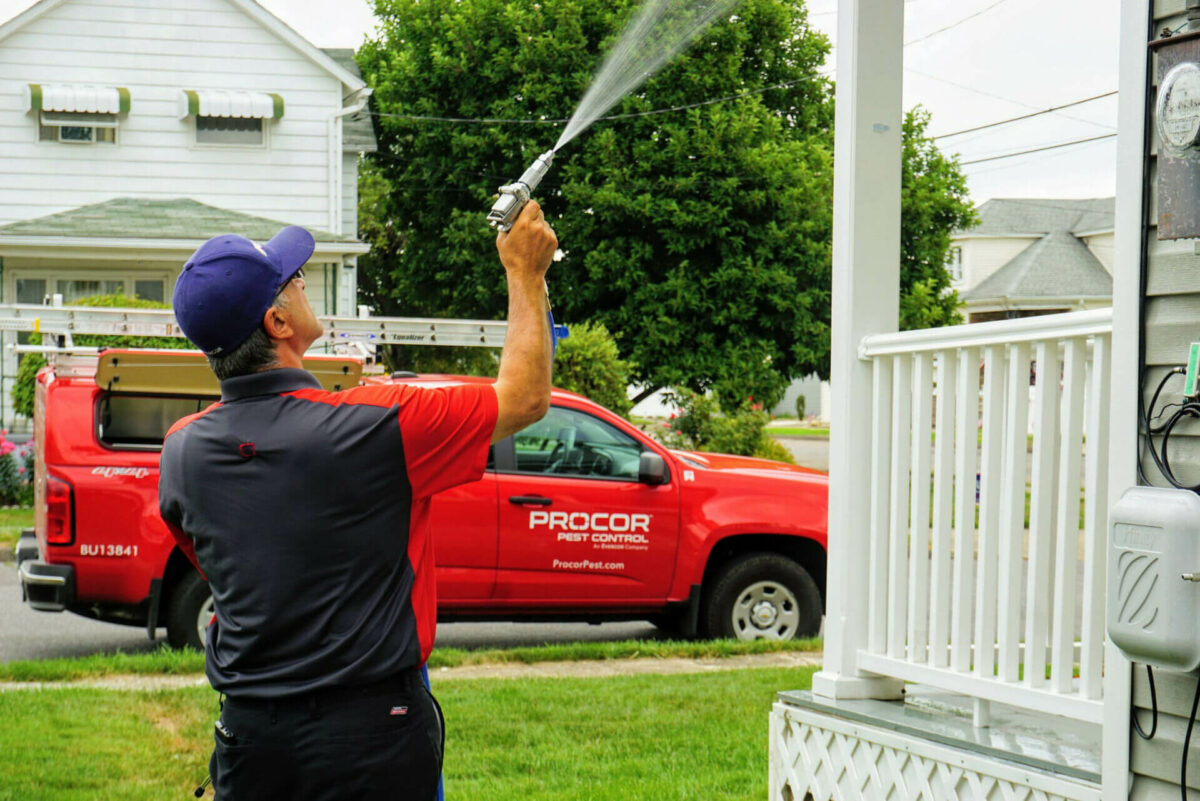
Sometimes one the most difficult aspects of keeping a business on its feet is identifying a maintenance schedule that fits the needs of both production schedules and equipment healthUnfortunately, there is no fix that will work for every single manufacturing operation, each and every one will need to be differentHowever, the basis of most maintenance approaches are formed based on two separate maintenance approaches: preventive and predictive maintenanceThis post will detail their differences, in addition to tips to adopting some newer strategies to ensure the health and integrity of all equipment.
Preventive maintenance is a well-established strategy that has become standard in many industries over timeThe philosophy behind this maintenance strategy is very easy to understand and follow through: performing routine maintenance to each piece of equipment apart of a manufacturing operation at a regularly scheduled time interval throughout the yearThis interval is often determined based on elements like the run time of an operation’s equipment, the age of the equipment, and the available down time any organization can schedule.
Delving into the latter, predictive maintenance provides a more forward-thinking approach to maintenanceThis strategy relies on integrated technology that is capable of reading and decoding any piece of equipment’s output dataIn coordination with external data that can be impacting efficiency, businesses are capable of real-time analysis providing a look into when certain machines may require maintenanceWhile this strategy is clearly the more efficient of the two, it is also substantially more expensive.
Despite the additional costs associated with predictive maintenance strategies, implementing them continues to become easierAs the number of technologies within the Internet of Things increases, the easier it becomes to track your equipment through these connectionsInformation you’re able to collect in real time as a result of these connections, such as performance data or temperature, makes it easier to predict when any given piece of equipment will require specific maintenanceAll of this makes for a greater efficiency for your business and can solidify your competitive advantage.
For any organization considering a change in maintenance approaches, it’s important to note that, despite its benefits, predictive maintenance might not always be the best fit for your businessEven with the best maintenance strategy, you will still encounter some form of unplanned downtimeDespite most organizations believing predictive maintenance is the better choice, the barriers to entry can likely keep a number of businesses from utilizing this strategyNot only can cost become an issue, but the highly advanced technological systems required to operate these systems can also prove to be a challenge for staff.
Creating a unique and tailor fit maintenance approach based on these two principles will certainly challenge any businessTo simplify this process, every business should be sure to read on to the infographic accompanying this postCourtesy of Industrial Service Solutions.







